Assessing Structural geological controls on groundwater processes in mountain settings: Insights from three?dimensional numerical modeling
Revista : Water Resources ResearchTipo de publicación : Publicaciones WOS sin afiliación UC Ir a publicación
Abstract
Mountainsplayacriticalroleinthehydrologicalcyclebytransferringheavyprecipitationto lowlandaquifers.However, theircomplexityandremotenesslimitourunderstandingofgroundwaterflow, particularlytheinfluenceoffaults.Tofill thegap,semi?idealized3Dnumericalmodelscalibratedusingthe mountainrivernetworkandthelowlandpiezometricgradientweredeveloped.Theimpactoffaultson groundwaterflowwasexploredbyvaryingtheirhydraulicconductivity,position,orientation,andlength.The metricsevaluatedwereflowpartitioning,seepagearea,flowpathlengths,andresidencetimes.Itwasfoundthat thehydraulicconductivitycontrastbetweenafaultandthepervasiverockcontrolsrechargepartitioningas muchastheoverall transmissivityofthepervasiverock.Regionalconductivefaultsparallel totheorogen promotemountain?blockrechargeoversurfaceflow,assignificantlyasthicksystemsdo,andviceversa.Localscalefaultscanexertasmuchinfluenceasregionalfaultswhencrossingthecatchmentoutlet,highlightingthe importanceoflocalheterogeneityinregionalflowdynamics.Intercatchmentflowisprimarilygovernedby lithologyandtopographyandismodulatedbythefaultpositionrelativetomajortopographicfeatures.Faults influenceseepageareaswithinamulti?kilometerdistanceincharacteristicpatternsusefulforsegregatingtheir effectiverole.Byloweringthewatertable,conductivefaultssystematicallyreducetheseepageareas. Meanwhile,barriersdecreaseseepageareasdownstreamoftheirtraceandincreasethemupstream,without affectingtheextentofseepage.Finally, thedistributionsofflowpathlengthsandresidencetimesare uncorrelated,highlightingtheimportanceofnumericalmodelingforgroundwaterdating




 English
English
